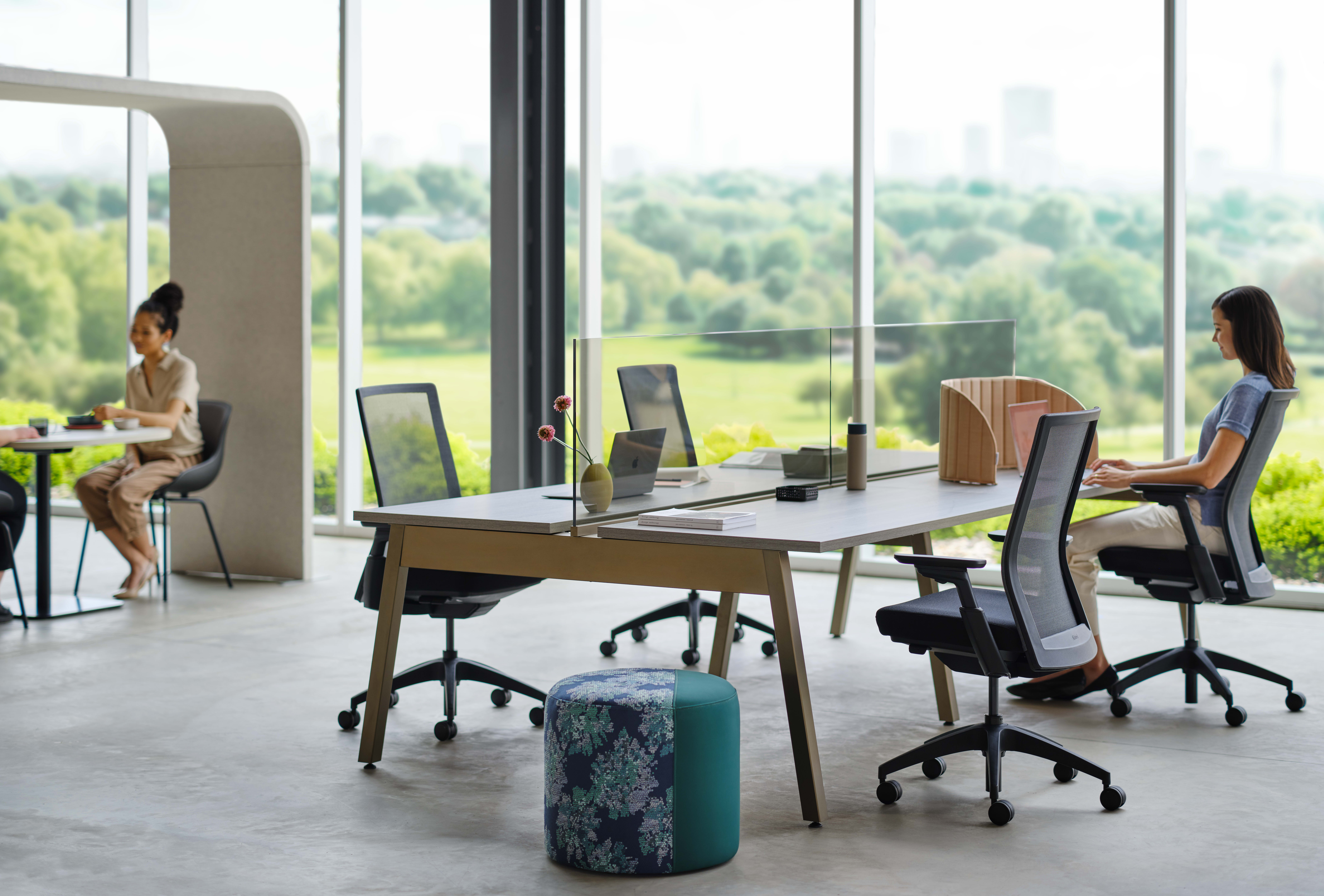When organizations began to respond to the pandemic, almost everyone started to ‘work from home’. That phrase made perfect sense, because literally, that’s what everyone was doing. No lack of clarity there. Now, as organizations begin developing and, soon we hope, implementing their return plans, there are some phrases being used that may need a bit of clarification, for example ‘return to the office’ and ‘hybrid workplace.’
So – what’s the problem with ‘return to the office’?
Well, in simplest terms, that’s not exactly what many workers will be doing. Now, I’ll admit that ‘return to the office’ is a big step forward from what organizations were initially saying – ‘return to work.’ I would hear that phrase and advise whoever was saying it to think a bit harder about what that they were saying - their employees weren’t returning to work – what did they think their employees were doing since the start of the pandemic? I don’t think any leaders would want to discredit how hard everyone had been working. So ‘return to the office’ became the norm. But as I mentioned, that’s not really accurate either. Organizations are using it because it includes words they understand, i.e., office. Then problem is, we’re not just ‘returning to the office.’ There are other places and spaces included in this. So far, I haven’t heard any consistent terms coming from the workplace community. The best I’ve seen so far is ‘Onboarding 2.0’ 1, but it too requires some explanation to most people.
And now, let’s look at ‘hybrid workplace’
After the shock of everyone ‘working from home’ started to wear off, the workplace community began to grapple with ‘what’s next’. It was fairly clear that both working from home and working in the office would be a part of any post-pandemic workplace. Of course, at that time, there weren’t any details. Out of this uncertainty, the term ‘distributed work’ became the norm. It made sense, because everyone at that time was distributed in different places and from everyone else. But that term seemed to imply an ‘either/or’ situation, which may have been what many organizations were still thinking.
Looking for a phrase that implied more flexibility and could include a range of work setting, ‘Hybrid Workplace’ has become the new standard. It works well because, first, it includes workplace options we already know – work from home and work at the office – while also giving space for other options – the so called ‘3rd space’, a term first used by Ray Oldenburg in his 1989 book The Great Good Place.2 And because the 3rd place includes coffee shops, parks, libraries, coworking, hotels, airport lounges, etc., it works very well for the current situation.
So – for now, let’s stick with ‘Return to the Office’ and the ‘Hybrid Workplace.’
1 Capelli, Peter, ‘The office has changed forever. How you onboard employees must also change’, Fast Company, October 8, 2021.
2 Oldenburg, Ray. The Great Good Place, DaCapo Press, 1989




